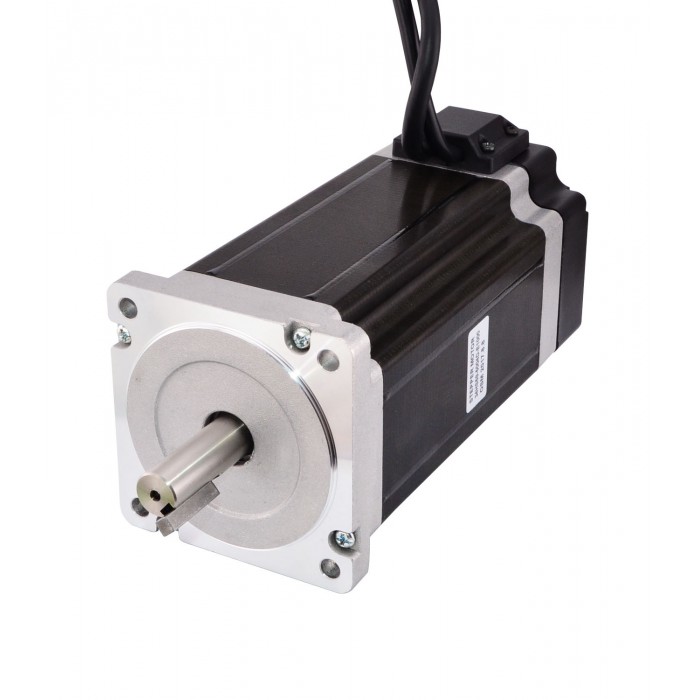Manufacturers apply the term “closed-loop stepper” to a wide array of controls. Here, we’ll spell out how the three most common closed-loop stepper control schemes work and highlight their advantages and disadvantages.
Are all closed-loop stepper systems created equal?
No. Some manufacturers give the closed-loop stepper motor systems similar-sounding descriptions, which confuses the marketplace. As proof of the confusion, it’s not uncommon that a designer requests one capability and actually needs another.
What are the most common closed-loop stepper systems?
There are three common types: Closed-loop stepper with step-loss compensation; closed-loop stepper with load position control; and closed-loop stepper servo control. Stepper-drive manufacturers call them all “closed loop” but the three have distinct functionalities.
What are the functionalities of these closed-loop stepper systems?
Closed-loop stepper with step-loss compensation is the most common type of closed-loop stepper control. The stepper drive operates as a micro-stepping drive and typically receives pulse and direction commands to move to the desired position. An encoder tracks shaft or load position. If lost steps are detected, a compensation algorithm inserts additional steps so that the motor shaft (or load) arrives at the desired position. Typically, the Closed-loop stepper-motor driver has settings for two currents: The motor gets running current when in motion and gets resting current when stopped.
